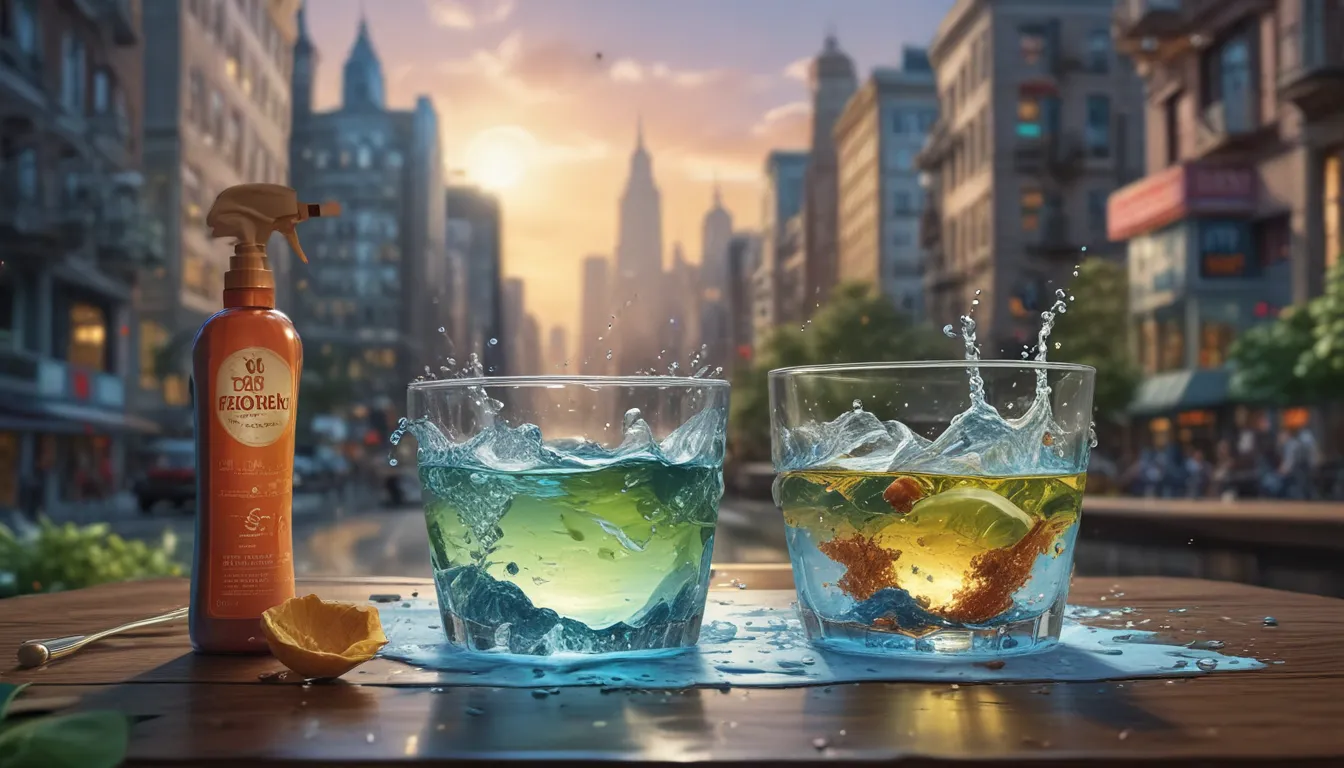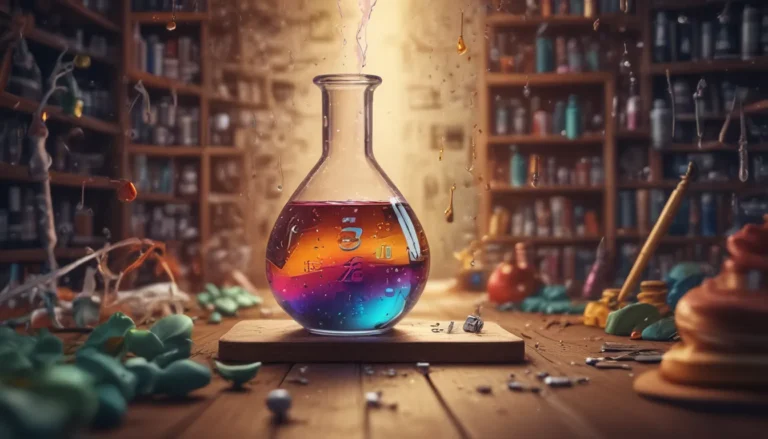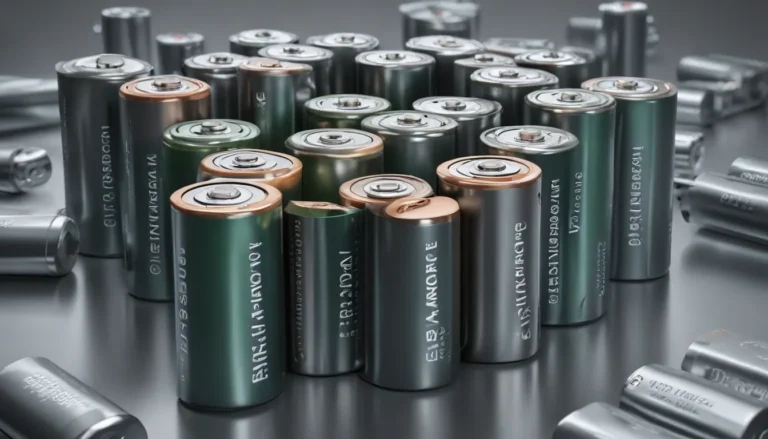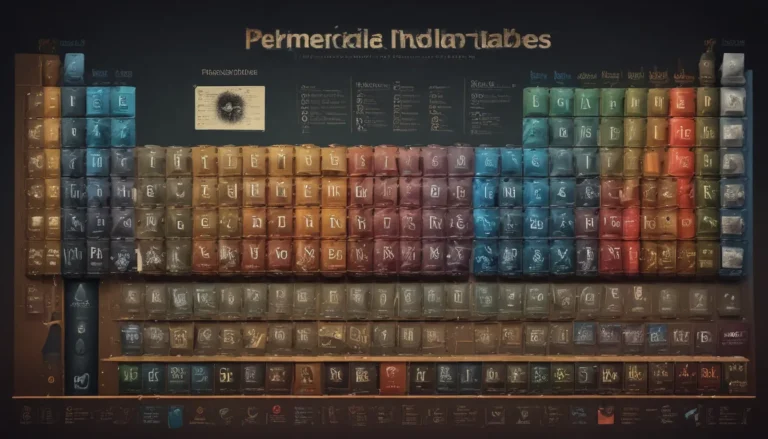A Note About Images: The images used in our articles are for illustration purposes only and may not exactly match the content. They are meant to engage readers, but the text should be relied upon for accurate information.
Surfactants are like hidden heroes in the world of chemistry, quietly making a significant impact on our daily lives. These remarkable compounds, also known as surface-active agents, possess unique properties that are essential in various industries and applications. From cleaning products to personal care items, surfactants play a vital role in reducing surface tension and enhancing wetting and dispersal properties.
In this article, we are embarking on an enlightening journey to uncover eight captivating facts about surfactants. These facts will not only expand your knowledge but also ignite a newfound interest in the fascinating world of chemistry. So, sit back, relax, and prepare to be amazed by the extraordinary properties and applications of surfactants!
1. The Superpowers of Surfactants
- Surfactants are like superheroes for cleaning and personal care products, reducing surface tension and making things mix and spread easily. They’re the secret behind your favorite shampoos and detergents!
- Surfactants have a cool dual nature, with a water-loving head and a water-repelling tail. They can even form tiny structures called micelles and help make drugs more effective. They’re like the Swiss Army knife of chemistry!
2. Surfactants’ Surface Tension Reduction
Surfactants are renowned for their remarkable ability to reduce the surface tension of liquids. This unique property allows them to mix and spread more easily, making them indispensable in products like detergents, fabric softeners, and shampoos.
3. Hydrophilic and Hydrophobic Harmony
One of the standout features of surfactants is their structure, which includes a hydrophilic (water-loving) head and a hydrophobic (water-repelling) tail. This dual nature enables surfactants to interact with both water and oil, making them highly effective in emulsifying and stabilizing mixtures.
4. Micelles: Nature’s Tiny Wonders
Thanks to their molecular structure, surfactants have the fascinating ability to self-assemble into micelles. These micelles are microscopic structures where the hydrophobic tails huddle together in a core, while the hydrophilic heads face outward. This arrangement allows surfactants to solubilize and transport hydrophobic substances in aqueous solutions.
5. Surfactants in Pharmaceuticals
Surfactants play a crucial role in pharmaceutical formulations by enhancing the solubility and absorption of drugs. They contribute to improving the bioavailability of poorly soluble drugs, making them more effective in therapeutic applications.
6. The Oil Industry’s Ally: Surfactants
In the oil industry, surfactants are instrumental in enhanced oil recovery techniques. By reducing the interfacial tension between oil and water, surfactants enable oil to flow more smoothly through reservoirs, thus boosting production efficiency.
7. Surfactants in Our Food
Surfactants find their way into the food industry as emulsifiers, stabilizers, and foaming agents. They enhance the texture, appearance, and mouthfeel of various food products, from ice creams to mayonnaise and salad dressings.
8. The Cleaning Power of Surfactants
Surfactants are a cornerstone of cleaning products, such as dishwashing liquids and laundry detergents. They excel at breaking down grease, oil, and dirt by suspending them in water, facilitating their easy removal.
The Natural Side of Surfactants
While many surfactants are synthetically produced, there are also natural surfactants derived from sources like plant oils and fats. These eco-friendly alternatives are commonly used in organic and sustainable personal care products, offering a greener option for consumers.
In conclusion, surfactants are fascinating compounds with a wide array of applications that positively impact our daily lives. Whether you’re washing your dishes, applying skincare products, or exploring the world of pharmaceuticals, surfactants are there, quietly working their magic.
FAQ: Delving Deeper into Surfactants
-
What are surfactants?
Surfactants are compounds with both hydrophilic (water-loving) and hydrophobic (water-repelling) properties, commonly used in cleaning products, pharmaceuticals, and personal care items. -
How do surfactants work?
Surfactants operate by reducing the surface tension between substances like water and oil, breaking up oil and dirt for easier removal. -
What are some common applications of surfactants?
Surfactants are found in a wide range of products, including detergents, shampoos, soaps, paints, pesticides, and cosmetics due to their ability to enhance mixing and product performance. -
Are surfactants safe to use?
Generally, surfactants are safe when used as directed, but individuals with sensitivities or allergies should always check product labels and follow usage guidelines. -
Can surfactants harm the environment?
Surfactants can impact the environment if not disposed of properly, potentially harming aquatic life and contributing to water pollution. Responsible usage and disposal are key to minimizing environmental impact.
By understanding the remarkable properties and applications of surfactants, we can appreciate the crucial role they play in our modern world. From enhancing drug delivery to simplifying cleaning tasks, surfactants truly are extraordinary compounds that deserve our admiration and respect. So, the next time you reach for a cleaning product or a cosmetic item, remember the unsung heroes behind the scenes – surfactants!






